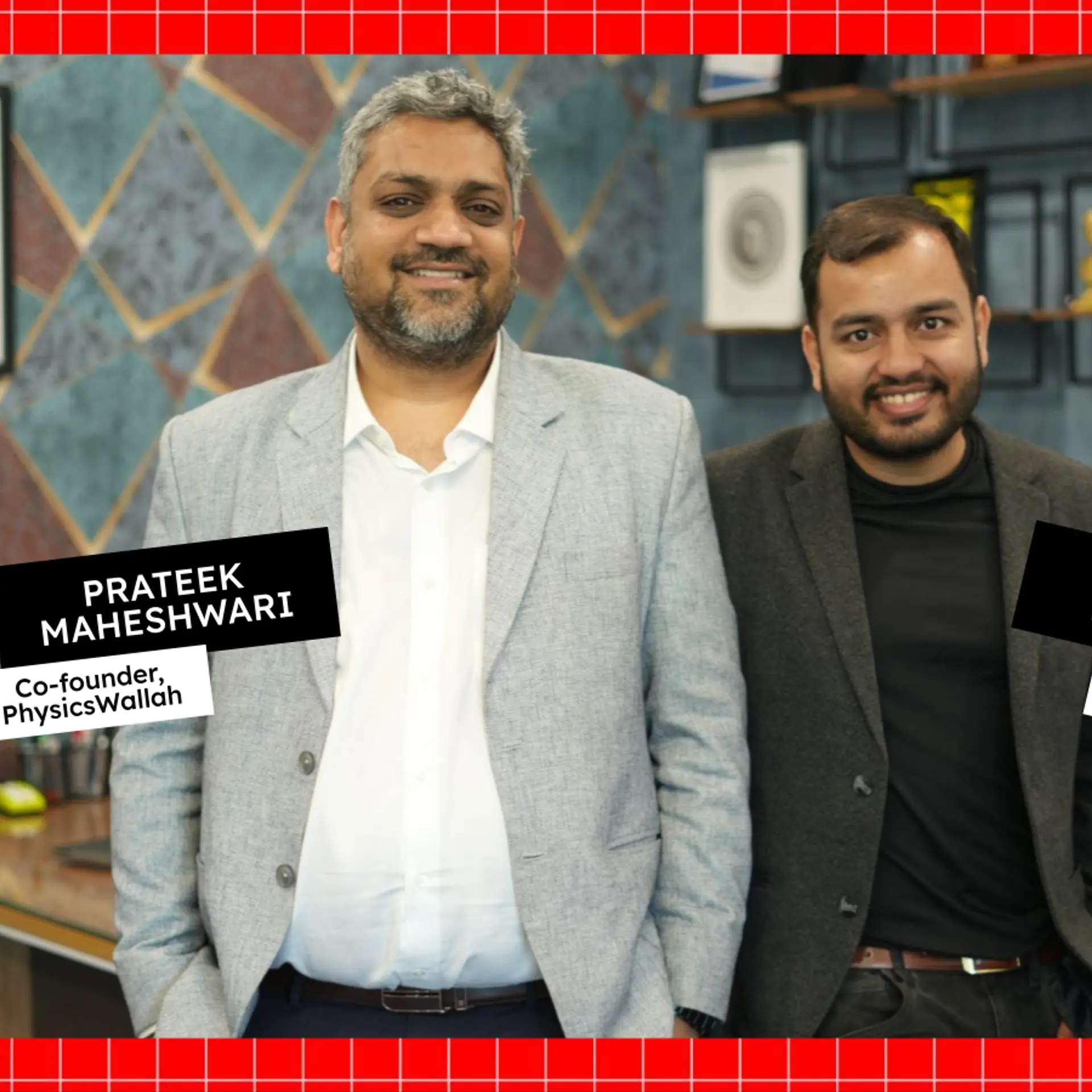Cuemath eyes 30 new markets in FY22; says another funding round likely this year
Cuemath founder and CEO Manan Khurma said that while an IPO is "still some time away", the company hopes to raise at least $100 million from new and existing investors later this year.
Online math learning platform is looking to make inroads into 30 new markets in 2021-22, and is keen to go for another, bigger round of funding later this year to support its expansion and growth blueprint, according to its founder.
Cuemath Founder and CEO Manan Khurma said that while an IPO is "still some time away", the company hopes to raise at least $100 million from new and existing investors later this year.
In February, Cuemath had announced the closure of its Series C round of financing. The $40-million round was led by Lightstone Aspada and Alpha Wave Incubation and saw participation from existing investors Sequoia Capital India, CapitalG (formerly Google Capital) and Manta Ray.
A global after-school math and coding programme for K-12 class, Cuemath, is currently present in 20 markets, including India, the US, and parts of the Middle East, and the company expects to expand its presence to over 50 countries in the financial year 2021-22.
"India is our home market where we started, but today we also have major presence in the US, the UK, Europe and the Asia-Pacific region. By the end of this year, we intend to be present in over 50 countries," Khurma told PTI.

He added that the company is moving swiftly to deepen its presence, reaching out to new markets within Europe, Southeast Asia, and the Middle East.
The Cuemath platform is eyeing the global math market, which some estimates say is at least a $20-billion opportunity on an annual basis.
"Math is a universal need. And, if you look at these countries mentioned, we get a lot of organic demand already from these places.
"For instance, in the Philippines, we get a lot of enquiries and website traffic, it is a large market. And, that is true for other countries as well," Khurma said.
The math edtech startup, which has over two lakh students across the world and 10,000 teachers, is looking to build a "math platform for the world". Currently, India accounts for two-thirds of its overall students.
So far, the company has raised $67 million from various investors, including the last round of USD 40 million.
"The proceeds are being used for building an even stronger product. We are working on making the curriculum a lot more adaptive and personalised," Khurma said adding that the company is equally focused on brand building and market expansion.
Asked if Cuemath is looking at an initial public offering (IPO), Khurma said the immediate focus for the company is to build a global math brand, and grow rapidly.
"While we are unit economics positive, we are not profitable at an overall basis since we are still investing money into growth. That is something we want to continue doing," he said.
Cuemath wants to raise "some more rounds of capital", including one later this calendar year to drive its global ambitions.
The next funding round is expected to be bigger than the previous round, and Cuemath is keen to raising around $100 million, he said.
"To get to a stage where you can become a public company requires demonstration of profitability over a period of time, and our immediate short-term focus is rapid growth across the world.
"Hence, an IPO will still be some time away. Although, it is difficult to put a specific timeframe," he said.
Access to capital is "not an issue" if growth is exciting, Khurma said.
"We have a compelling story. We are the only ones saying we are a math-focused company. Our customer satisfaction numbers are strong. That makes it an exciting aspect for a new investor," he said.
Recently, Cuemath partnered with Google for Education to help transform the teaching and learning experience. As part of the partnership, Cuemath teachers and students will be given a Google for Education certificate.
Overall, the Cuemath model is supported by an adaptive learning platform, interactive visual simulations, and the guidance of a live teacher.
Edited by Saheli Sen Gupta









